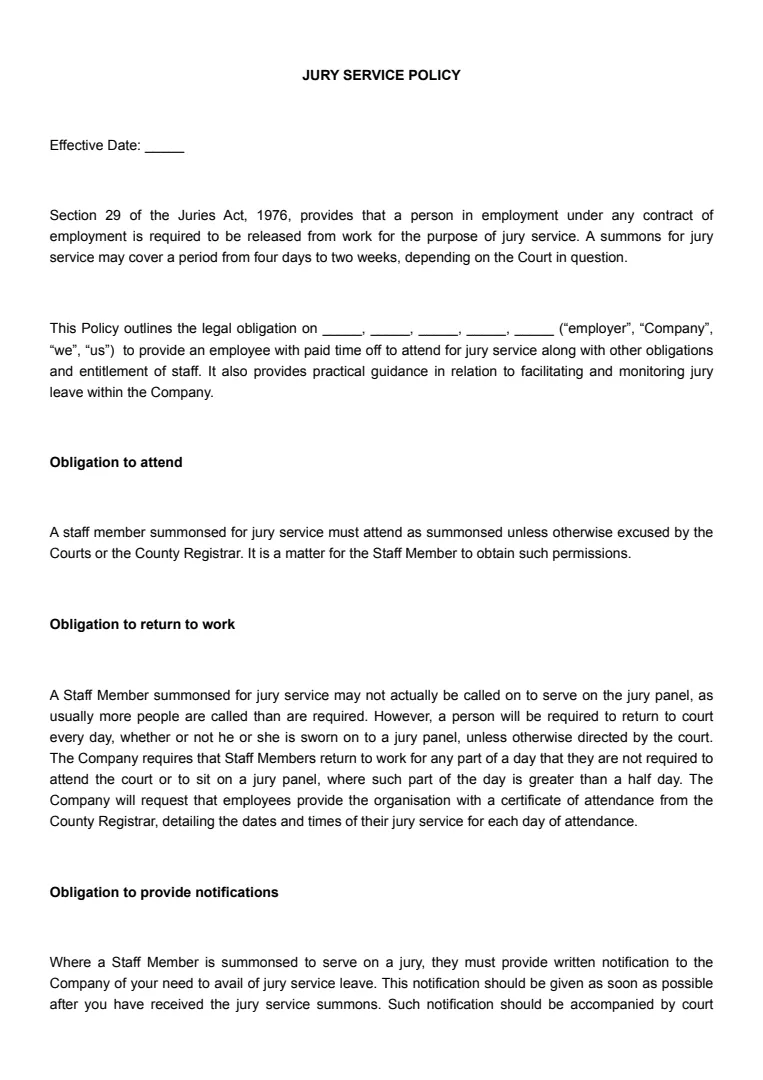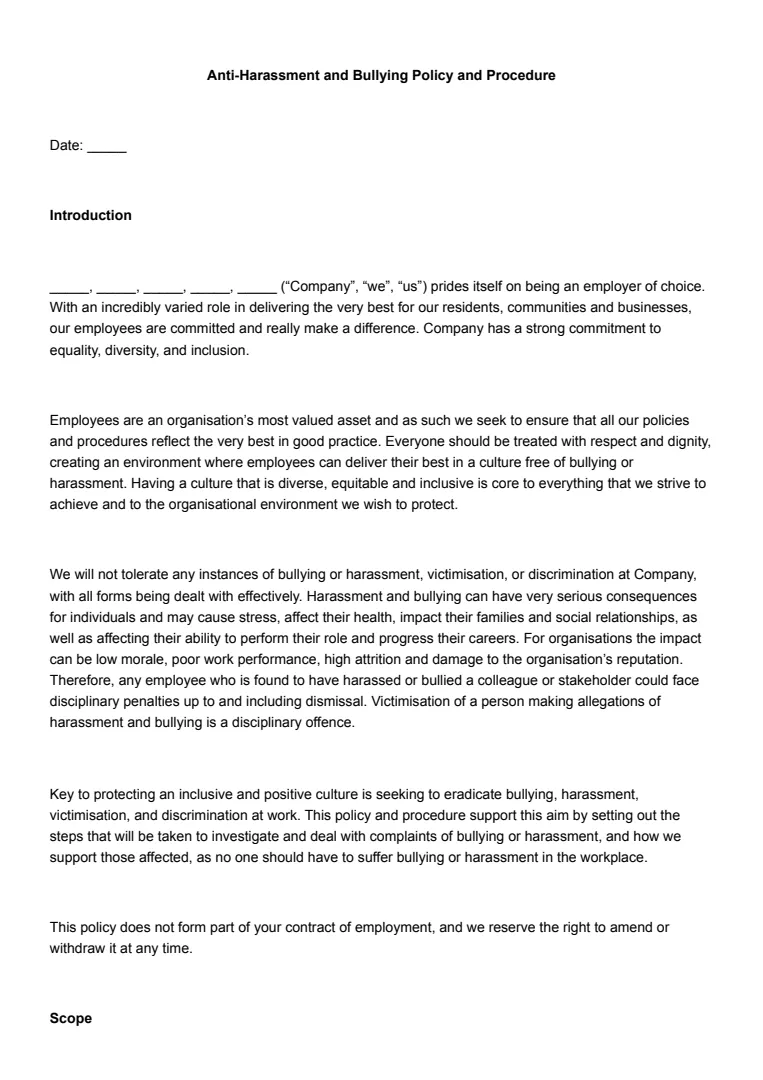What Is a Grievance Procedure?
A grievance procedure is your formal route to raise any discontent or complaint at work. It serves as a structured process, ensuring every employee's concerns are addressed properly.
The purpose of a grievance procedure is that it:
- Provides a clear method to express issues.
- Ensures fairness in handling complaints.
Some issues might be serious, like sexual harassment or whistleblowing, and require attention through formal proceedings.
The main steps involved in a grievance procedure in the UK are:
- Raising the grievance: You start by formally notifying your employer about the issue. This can happen through a letter or form submission.
- Initial response: Your employer should acknowledge receipt and investigate the complaint.
- Meeting: A formal meeting is often called to discuss the grievance in detail.
- Outcome: Upon reviewing, your employer will decide on an appropriate action or solution. If not satisfied, you might have the option to appeal the decision.
Having a grievance procedure in place matters, not only because it helps resolve conflicts but also because it fosters a healthy work environment.
Always make sure you know your workplace's grievance procedure. It's usually included in your employment contract or staff handbook.
When Is a Grievance Procedure Needed?
If, as an employee, you face issues at work that affect your happiness or productivity, knowing when to initiate a grievance procedure can help. Grievance procedures are essential when other avenues have failed to resolve conflicts.
Formal grievances often become necessary when you endure continuous harassment that isn't addressed informally. If you've tried discussing the issue, yet it remains unresolved, it's time for a more formal approach.
A grievance hearing is another crucial step when disputes that have been raised require in-depth examination. This step is suitable for complex matters where evidence needs reviewing and a decision needs to be made.
Persistent disputes, especially those involving policy violations, may need the formal route. Here, a grievance meeting provides a structured platform to address your concerns thoroughly.
Incidents impacting multiple employees or organisational standards also benefit from such procedures. This ensures fairness and consistency in handling disputes.
Overall, choosing to use a grievance procedure is beneficial when seeking a formal resolution to workplace issues.
How to Write a Grievance Procedure
As an employer, creating an effective grievance procedure is essential for maintaining a positive work environment. Here's how you can go about writing one.
Step 1: Gather Key Information
Begin by collecting the necessary information to form the backbone of your grievance procedure.
Make sure you've got the current legal requirements and best practices, such as those outlined in the Acas Code of Practice. Having a solid understanding of these elements will guide you in drafting a comprehensive document.
Step 2: Draft the Policy
Start drafting the grievance policy, ensuring that it is clear and concise.
Explain the purpose of the procedure, the steps involved, and how complaints will be addressed. Include details on whom employees can contact to initiate the process.
Make this information easily accessible by placing it in your staff handbook.
Step 3: Develop a Template
Creating a standard template for grievance letters can be very useful. This template should include sections for the details of the grievance, such as the date and specifics of the incident.
Encourage employees to use this template when submitting their grievances, ensuring consistency and clarity in the information provided.
Step 4: Outline the Grievance Procedure
Detail each step of the grievance procedure.
Specify how grievances should be raised, typically in writing, and outline the timeframe for addressing each stage.
The procedure should describe who will review the grievance and highlight the right to be accompanied by a colleague or union representative during meetings.
Step 5: Share and Implement
Once the grievance procedure is finalised, share it with the entire organisation. Make it available on the company intranet or in the HR manual.
Conduct training, if necessary, to ensure everyone understands how to utilise the procedure effectively. By doing this, you promote transparency and accessibility, key factors for a successful grievance process.













